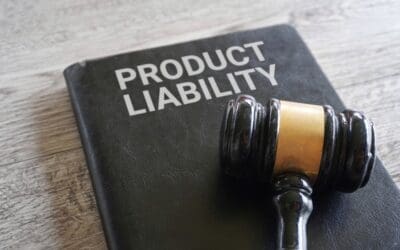Like a silent guardian on your dashboard, a dashcam can be your most reliable witness in the chaotic aftermath of a car accident. You’ve probably heard stories of he-said-she-said disputes following collisions, but imagine having an impartial eye that captures every detail. This small device has revolutionized handling car accident cases, offering an objective account that can make or break your claim. But it’s not just about proving who’s at fault; dashcam footage car accident opens up a world of possibilities and challenges in the legal arena. What exactly can these cameras reveal, and how might they change the game for you?
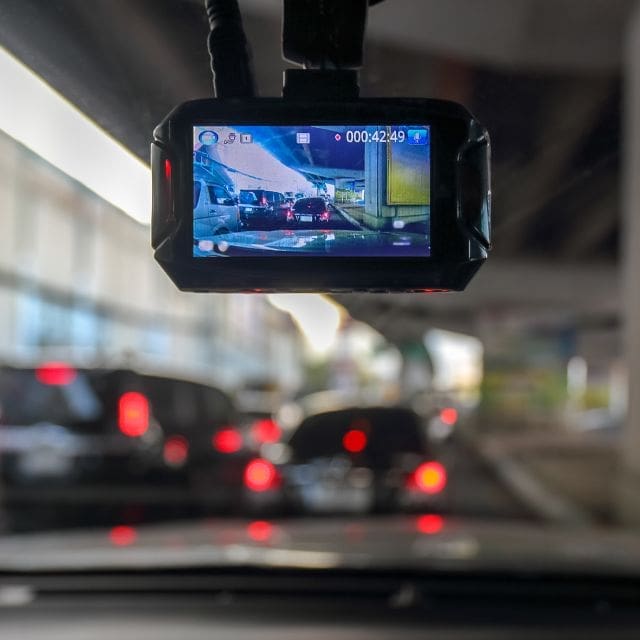
What Is a Dashcam?
While many drivers may be familiar with the concept, a dashcam is a small, powerful device revolutionizing how we document and analyze car accidents. These compact cameras, typically mounted on a vehicle’s dashboard or windshield, continuously record the view through the front windscreen and sometimes other windows. Originally used primarily by law enforcement, dashcams have become increasingly popular among private vehicle owners.
Dashcams offer a range of features that make them indispensable in accident cases. They capture high-quality video footage, often with adjustable resolution settings to balance recording quality and storage capacity. Many models also record audio, speed, GPS location, and G-force measurements, providing a comprehensive data set for accident analysis. Various mounting options allow for ideal placement, ensuring a clear view of the road ahead.
Battery life is vital, with some models offering continuous recording even when the vehicle is parked. Dashcam footage’s unbiased nature makes it a powerful tool in determining liability and reconstructing accident sequences, particularly in disputed cases or when details are unclear.
Legal Admissibility of Dashcam Evidence
The legal terrain surrounding dashcam evidence admissibility is generally favorable but not without complexities. While most states accept dashcam footage as evidence in court, it must meet specific criteria to be considered valid. In Florida, for example, dashcam recordings are admissible if the camera doesn’t obstruct the driver’s view and passengers consent to be recorded.
When evaluating the admissibility of dashcam evidence, courts consider several factors:
- Relevance to the case
- Authenticity and lack of tampering
- Reliability and completeness of the recording
Establishing the chain of custody is pivotal for ensuring the footage’s admissibility. You’ll need to demonstrate proper preservation and handling of the evidence from the recording to its presentation in court.
Recording reliability involves examining the camera’s placement, image quality, and potential obstructions. Addressing interpretation issues is another critical aspect. Courts typically use dashcam footage in conjunction with other evidence to establish liability. However, potential legal challenges may arise concerning the footage’s privacy, authenticity, or interpretation.
Your personal injury lawyer must be prepared to navigate these complexities, determining footage relevance and presenting a compelling case for its admissibility.
Proving Fault With Footage
You can establish a compelling case for fault in car accidents through dashcam footage. This technology provides objective evidence of driver negligence, capturing pivotal moments that prove liability. You’ll have visual proof of speeding, running red lights, or distracted driving, reinforcing your position as the plaintiff.
Dashcam recordings are invaluable for refuting false claims made by the at-fault driver. When their account contradicts reality, you can present video evidence supporting your events. Additionally, the data from your dashcam, including speed and GPS location, aids in determining the point of impact and reconstructing the accident sequence.
You’ll also benefit from footage identifying driver behavior during and after the collision. This can reveal signs of impairment or admissions of fault, further solidifying your case. By providing an unbiased, reliable record of the incident, dashcam evidence significantly strengthens your position, especially in disputed liability cases.
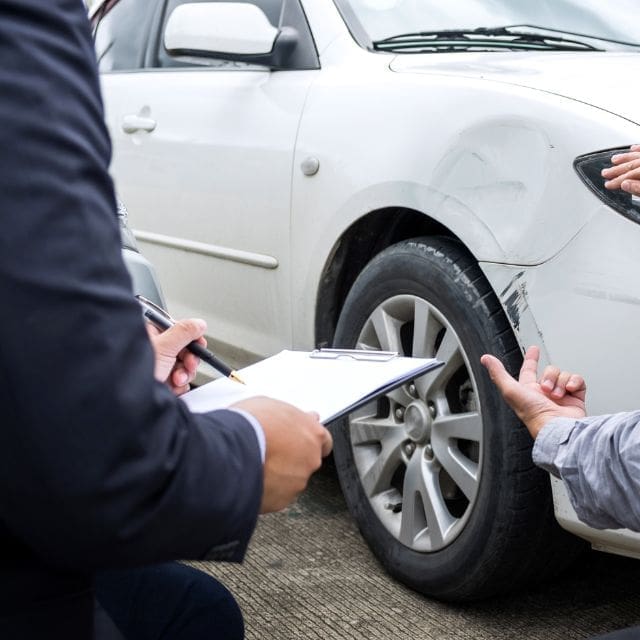
Corroborating Witness Statements
In the immediate aftermath of a car accident, dashcam footage is a powerful tool for corroborating witness statements. This video evidence is essential in eyewitness credibility assessment, providing an objective incident record that can support or challenge eyewitness accounts. By capturing the precise sequence of events, dashcam recordings help corroborate incident details and confirm accident circumstances.
You’ll find that dashcam footage is invaluable for:
- Verifying driver behaviors leading up to the collision
- Supporting police reports with visual evidence
- Resolving discrepancies between conflicting witness statements
When eyewitnesses provide their recollections, dashcam footage is a neutral, third-party perspective to validate or refute their claims. It can confirm or contradict statements about traffic signals, lane changes, and driver distractions. Moreover, the audio captured by dashcams may record real-time witness statements made at the scene, which can be compared to later testimony for consistency.
Reconstructing Accident Sequences
Frequently, dashcam footage proves invaluable when reconstructing accident sequences, offering a frame-by-frame visual record of the incident. You can determine the vehicles’ precise movements, speeds, and lane positions by examining vehicle dynamics. This detailed analysis allows a more accurate understanding of how the collision unfolded.
With dashcam data, accident timelines can be mapped more precisely. Time and location stamps provide an exact chronology of events, enabling investigators to piece together the sequence with greater confidence. Additionally, analyzing driver behavior becomes possible, as the footage reveals actions taken by those involved in the moments leading up to the crash.
Dashcams also aid in evaluating road conditions at the time of the accident. You can observe weather, traffic flow, and any potential hazards that may have contributed to the incident. When combined with GPS coordinates and other sensor data, dashcam footage supports thorough collision reconstruction efforts.
Privacy Concerns and Challenges
While dashcam footage offers valuable insights for accident reconstruction, it also introduces significant privacy concerns and legal challenges. You’ll need to navigate complex consent laws, as recording audio and video without permission can violate two-party consent regulations in some states. This raises questions about the admissibility of such evidence in court, especially when passengers are unknowingly recorded.
Privacy concerns extend past the immediate accident scenario:
- Dashcams can potentially monitor driver behavior and activities unrelated to accidents
- Unauthorized access to recorded data poses risks of surveillance and privacy infringement
- Proper storage, handling, and retention of footage are indispensable for data security
To address these issues, you must balance the benefits of dashcam evidence with privacy protection. This requires a thorough understanding of relevant privacy regulations and legal precedents. You’ll need to implement robust data security measures to prevent unauthorized access and misuse of recorded information.
As the use of dashcams becomes more widespread, it’s necessary to stay informed about evolving privacy laws and court rulings regarding the admissibility of such evidence. By addressing these concerns proactively, you can maximize the value of dashcam footage while minimizing potential legal and ethical pitfalls.
Insurance Company Perspectives
Insurance companies have adopted dashcams as a game-changing tool in the claims process. These devices offer significant advantages in claims processing efficiency and fraud detection benefits. With dashcam footage readily available, insurers can quickly assess fault and damages, streamlining the entire claims procedure. This visual evidence supports adjuster decision-making, allowing for more accurate and timely evaluations of accidents.
You’ll find that many insurers now encourage policyholders to install dashcams, recognizing their potential to reduce fraudulent claims. The availability of objective video evidence can deter exaggerated or false claims, saving insurers substantial payouts. Additionally, dashcam footage can have profound case settlement impacts, influencing an insurer’s decision to settle or defend a claim in court.
From a customer trust-building perspective, dashcams offer a way for honest policyholders to protect themselves and provide irrefutable evidence of their innocence in accidents. Insurers may request access to this footage during claims investigations, using it to corroborate the details provided by claimants and witnesses. This transparency can lead to faster, more accurate claim resolutions, benefiting the insurer and the policyholder.
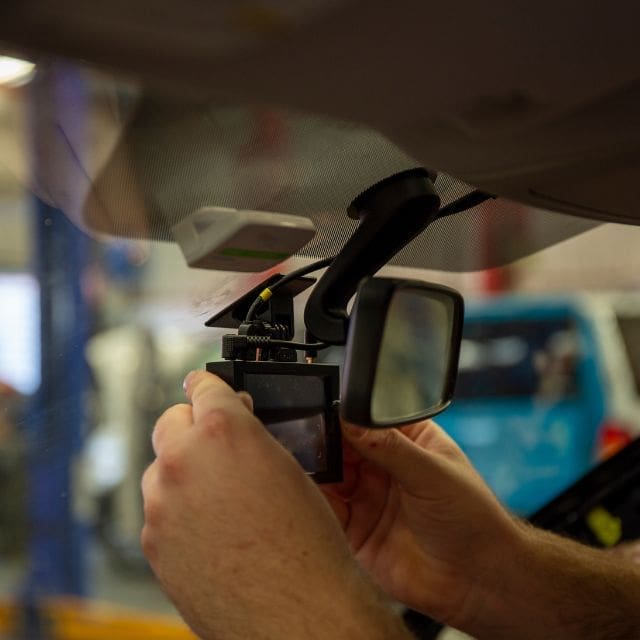
Preserving Dashcam Footage Car Accident
Dashcam data preservation is critical in guaranteeing the footage’s admissibility and usefulness in car accident cases. You’ll need to contemplate several factors to maintain the integrity of your dashcam evidence. Storage considerations play a pivotal role in this process, as you’ll want to guarantee your data is securely stored and easily accessible when needed.
Implement robust data retention policies to safeguard your footage. This includes:
- Regularly transferring files from your dashcam to a secure external storage device
- Implementing a systematic labeling system for easy retrieval
- Maintaining multiple backups to prevent data loss
Backup procedures are indispensable to protect against device failure or accidental deletion. Be mindful of your dashcam’s memory capacity requirements, as continuous recording can quickly fill up storage space. To maximize your dashcam’s effectiveness, monitor its battery life and ensure it’s always charged and operational during your drives. By following these preservation practices, you’ll dramatically increase the chances of your dashcam footage being admissible and valuable in the event of an accident.
Limitations of Dashcam Evidence
Despite their potential benefits, dashcam footage has several limitations that can impact its effectiveness in car accident cases. Selective camera angles can provide an incomplete picture of the incident, as dashcams typically only capture what’s directly in front of or behind the vehicle. This limited field of view may miss essential details outside the camera’s range.
Audio quality issues can also hinder the usefulness of dashcam evidence. Poor sound recording may make it difficult to discern important verbal exchanges or environmental noises that could provide context to the accident. Additionally, potential tampering is a concern, as footage could be edited or manipulated before being presented as evidence.
Unclear resolutions, particularly in low-light conditions or during inclement weather, may render crucial details indiscernible. Identifying license plates, road signs, or other pivotal information can be challenging. Battery life constraints can also pose problems, as dashcams may fail to capture an incident if the device’s power is depleted. Moreover, some jurisdictions may have legal restrictions on dashcam usage, potentially limiting their admissibility in court or raising privacy concerns that could complicate their use as evidence.
Selecting the Right Dashcam
Several vital factors must be considered when selecting the proper dashcam for car accident documentation. You’ll want to focus on video quality features, including high-resolution recording and a wide-angle lens to capture comprehensive evidence. Opt for dual-facing cameras to record the road ahead and the vehicle’s interior, providing a more complete picture of the incident.
Installation considerations are essential. Ensure proper mounting and alignment to capture the clearest view of the road and driver’s actions. Consider battery life requirements and loop recording capabilities to guarantee continuous footage in case of an accident.
Legal compliance factors vary by jurisdiction, so research models that meet your state’s requirements. Significant aspects include:
- Not obstructing the driver’s view
- Complying with privacy laws
- Meeting local regulations on recording devices
When evaluating dashcams, prioritize:
- GPS tracking for accurate location data
- Night vision capabilities for low-light conditions
- Third-party integrations for enhanced functionality
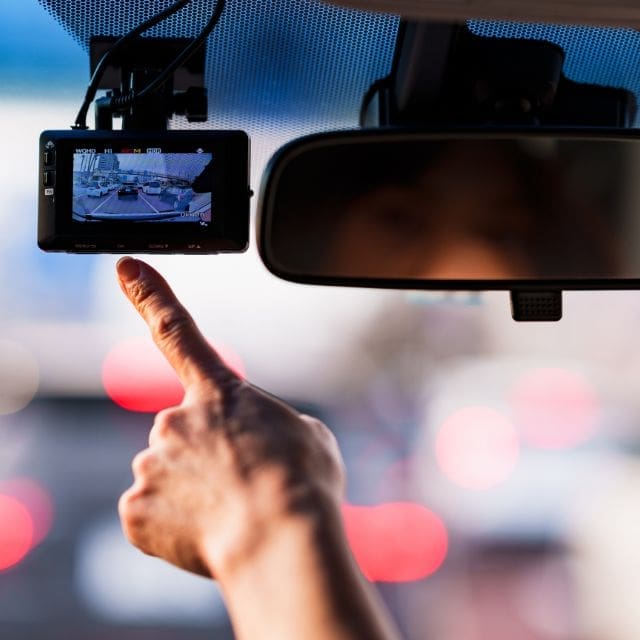
Maximizing Dashcam Evidence
Dashcams have transformed how accident claims are handled, serving as unbiased witnesses in the chaotic aftermath of collisions. These devices have become invaluable tools in modern traffic incident cases, from proving fault and supporting witness statements to aiding in accident reconstruction.
While dashcams offer significant advantages, understanding their capabilities and limitations allows you to make informed decisions about their use. Proper selection, installation, and maintenance, combined with knowledge of legal requirements, will maximize their effectiveness as protective tools.
At Calandro Law, we understand how to leverage dashcam evidence to strengthen your case effectively. Contact us today for a consultation and let our experienced team help protect your rights after an accident.



